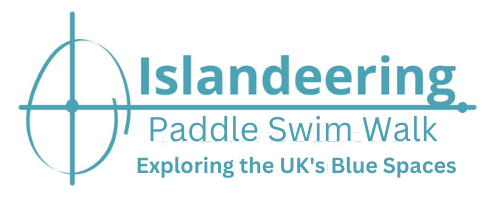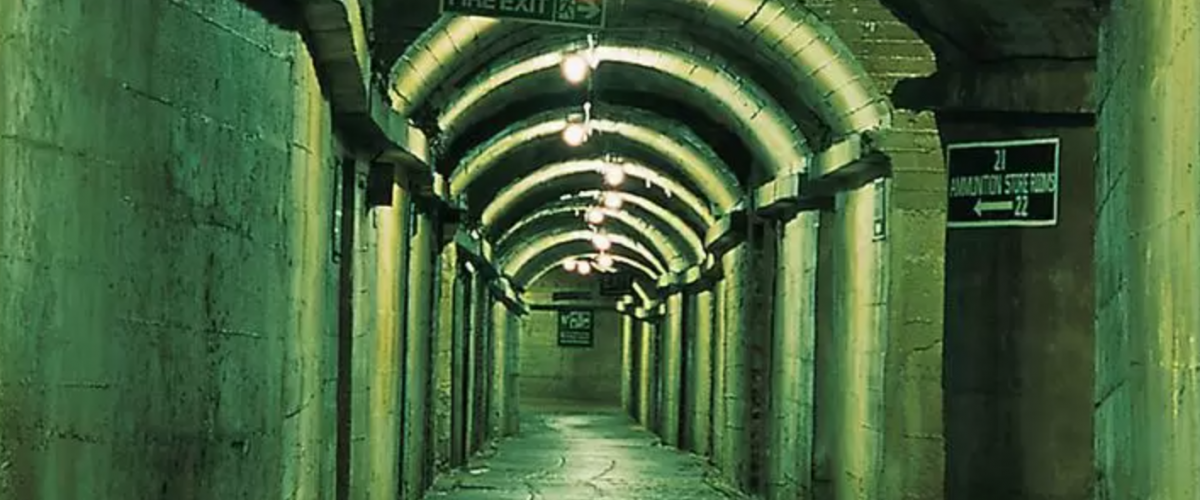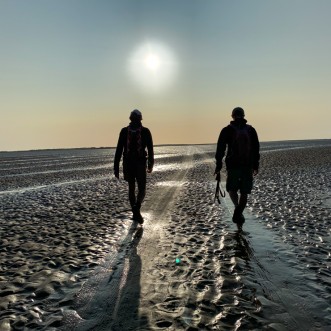Guernsey’s history is long and eventful, with one the most evocative eras being through German Occupation which has left a legacy of heavy fortification and museums that give plenty of insight into what life was life on the island during this period, with some excellent museums that tell Guernsey’s wartime stories.
The German Military Underground Hospital, hewn out of rock by slave workers during the occupation, is the largest World War II structure in the Channel Islands with over 7000 square metres of tunnels. It was large enough to house 500 patients and included an operating room, X-ray room, dispensary, laboratory, and staff quarters, as well as a cinema, central heating plant, and kitchen. The hospital was only used in 1944 for German casualties of the D-Day invasion.
The German Occupation Museum housed in a cottage in the island’s south offers a compelling insight into island life between 1940 and 1945. With various items of weaponry, German propaganda-filled local newspaper cuttings, and an exhibit on the love between a local woman and German officer, the highlight is the iconic Enigma machine used to send encrypted messages to U-boats in the Channel.
La Valette Underground Military Museum at the southern end of St Peter Port, is a series of tunnels where U-Boat fuel was stored that now houses Occupation memorabilia and exhibits.
German Naval Signals HQ was established in two hotels before being moved to a safer location in purpose built bunkers in the grounds of La Collinette Hotel. It was responsible for all radio traffic to and from Germany and the other islands during the Occupation, using the Enigma code machines that were being decoded at Bletchley Park. Soldiers from the British Royal Signals used this HQ to send messages to England after the liberation of the island by HMS Bulldog in 1945; the same vessel that captured the German Enigma machine in 1941 which helped the British break important Enigma messages.


